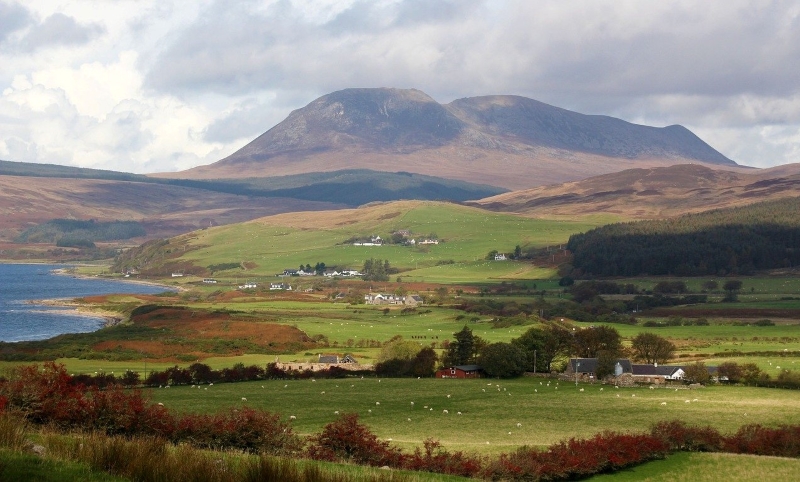 Many tourists who visit Scotland will want to spend a few days on one of the islands off the west coast. Known as the Hebrides. The most visited is probably the Isle of Skye (famous for the Cuillin mountains) since it has been connected to the mainland by a bridge since 1995 and it’s a simple matter to drive there.
Many tourists who visit Scotland will want to spend a few days on one of the islands off the west coast. Known as the Hebrides. The most visited is probably the Isle of Skye (famous for the Cuillin mountains) since it has been connected to the mainland by a bridge since 1995 and it’s a simple matter to drive there.
Travelling to all of the other Hebridean islands requires a ferry crossing but don’t let that put you off visiting them – they are definitely well worth that little bit of extra effort to reach but there is one island which is often overlooked by tourists possibly because it isn’t part of the Hebridean archipelago, situated as it is, much further south.
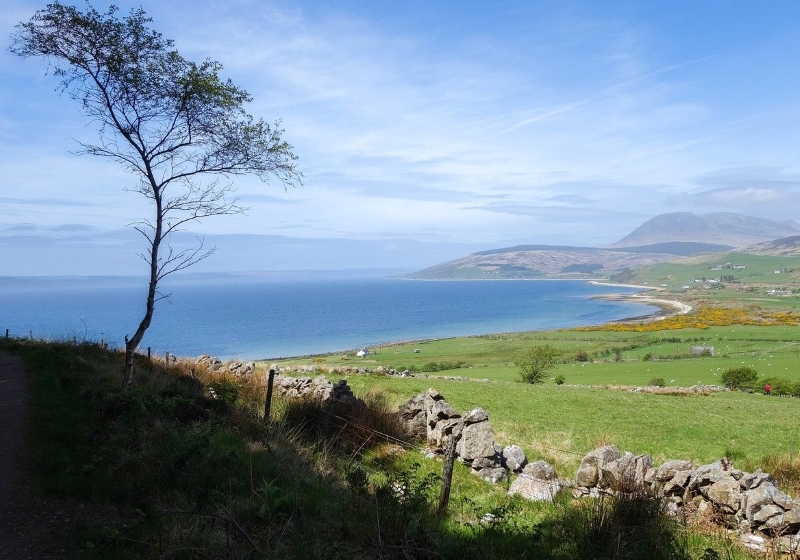 In the Firth of Clyde between the mainland and the long, southward-stretching tongue of the Kintyre peninsula lies the Isle of Arran. Scotland’s seventh-biggest island, Arran is also one of the most accessible of the west coast islands being close to the heavily-populated central belt and just a short ferry trip from the mainland. Arran has been continuously inhabited since the early Neolithic period and numerous prehistoric remains have been found. The island once belonged to Norway but is now firmly in Scottish hands!
In the Firth of Clyde between the mainland and the long, southward-stretching tongue of the Kintyre peninsula lies the Isle of Arran. Scotland’s seventh-biggest island, Arran is also one of the most accessible of the west coast islands being close to the heavily-populated central belt and just a short ferry trip from the mainland. Arran has been continuously inhabited since the early Neolithic period and numerous prehistoric remains have been found. The island once belonged to Norway but is now firmly in Scottish hands!
Rugged and mountainous in its northern half and flat and fertile in the south, Arran is often called ‘Scotland in miniature’. This quirk of geology mirrors the Scottish mainland and is the result of the Highland Boundary Fault, which divides Scotland into the highlands and the lowlands, continuing through Arran resulting in two quite distinct geological zones, just like the mainland – a ‘Scotland in miniature’!
It is possible to fly to Arran but the best way is to catch the ferry from the mainland ferry port of Ardrossan (well served by road and rail links) to Brodick, 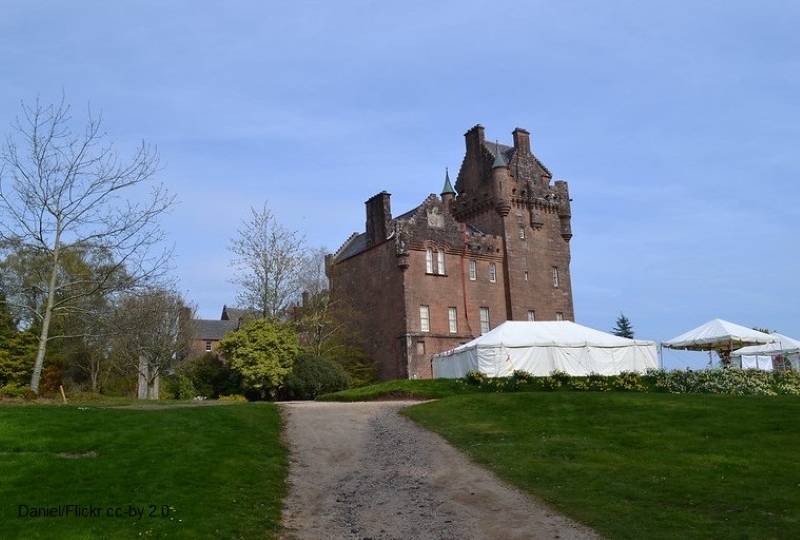 Arran’s main town. The crossing takes just under an hour and if you are travelling by car, advance booking is recommended. During the summer months, you can also sail from Kintyre to Lochranza in the north of the Island, a trip which takes only 30 minutes.
Arran’s main town. The crossing takes just under an hour and if you are travelling by car, advance booking is recommended. During the summer months, you can also sail from Kintyre to Lochranza in the north of the Island, a trip which takes only 30 minutes.
Once on the island there is a wide choice of things to do. For those with plenty of energy there is Goat Fell. At 2886 feet (874m) it’s the highest peak on Arran and all who venture into this dramatic and spectacular landscape are treated to unrivalled views of the island and, on a clear day, all the way across to Ben Lomond on the mainland and the coast of Ireland to the southwest.
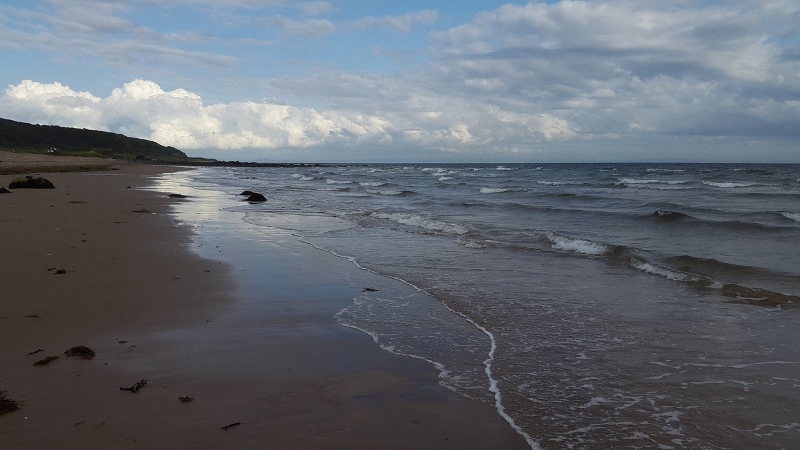 For the less energetic outdoor enthusiasts there is a plethora of paths, trails and walks of all lengths to explore, ranging from short and easy wanders along sandy beaches to longer and slightly more challenging routes. Whichever you choose, remember to dress appropriately and tell someone where you are going – just in case!
For the less energetic outdoor enthusiasts there is a plethora of paths, trails and walks of all lengths to explore, ranging from short and easy wanders along sandy beaches to longer and slightly more challenging routes. Whichever you choose, remember to dress appropriately and tell someone where you are going – just in case!
Challenging mountain climbs, dramatic landscapes, seascapes and wonderfully scenic walks are not the end of Arran’s attractions. There are no less than seven golf courses, lots of wildlife and local arts and crafts and produce to sample. You can go sailing, sea kayaking, paragliding, windsurfing, pony trekking (or ride a horse along a beach with the spray in your face), go sea fishing, trout fishing, salmon fishing or ride the waves in a rigid inflatable boat.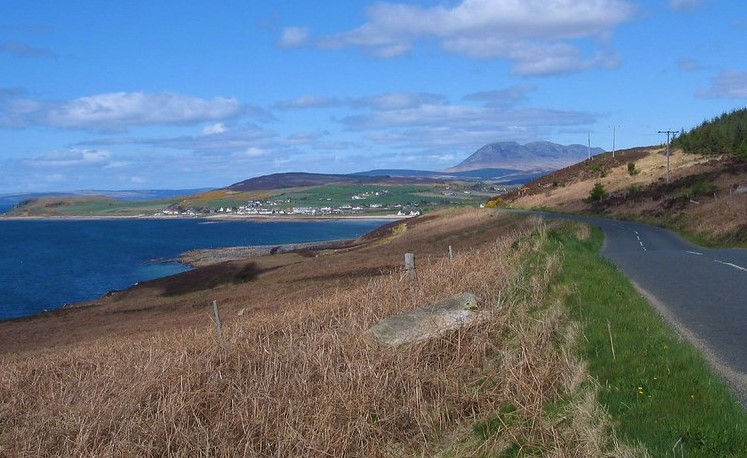
For those of a more relaxed frame of mind there are historic castles, museums, two malt whisky distilleries, a brewery and lots more to explore and since Arran is only 56 miles in circumference nowhere is more than a 30-minute drive away from where you are staying.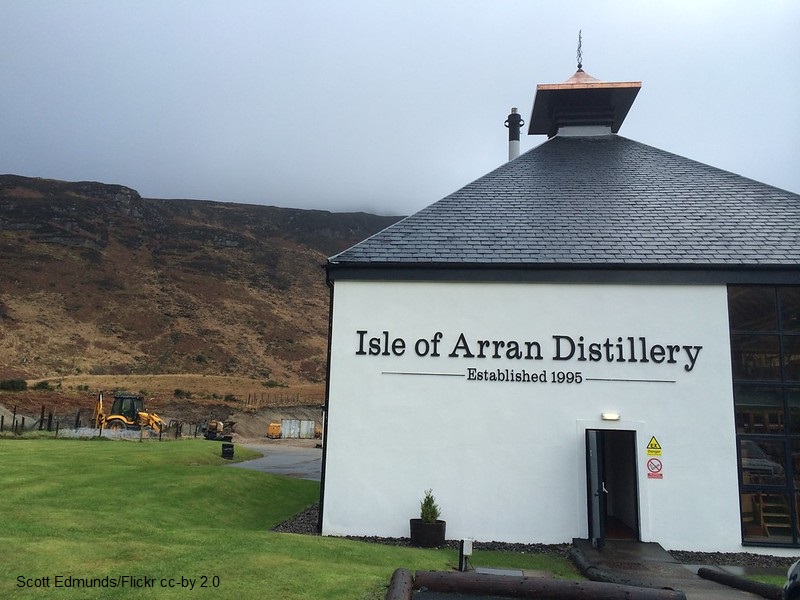
Speaking of places to stay, Arran offers a wide range of accommodation from basic campsites to youth hostels, independent hostels, guest houses, B&Bs, self catering cottages and a number of excellent hotels all the way up to 5-star accommodation. You can even arrange a vacation stay using Airbnb and, since many people on the island work in the tourist industry you can be assured of a warm welcome.
Scotland in miniature it may be but there’s nothing small about a vacation on the Isle of Arran!
YouTube Video:
All pictures, other than those identified on the picture itself, are CC0 and can be used freely without accreditation.